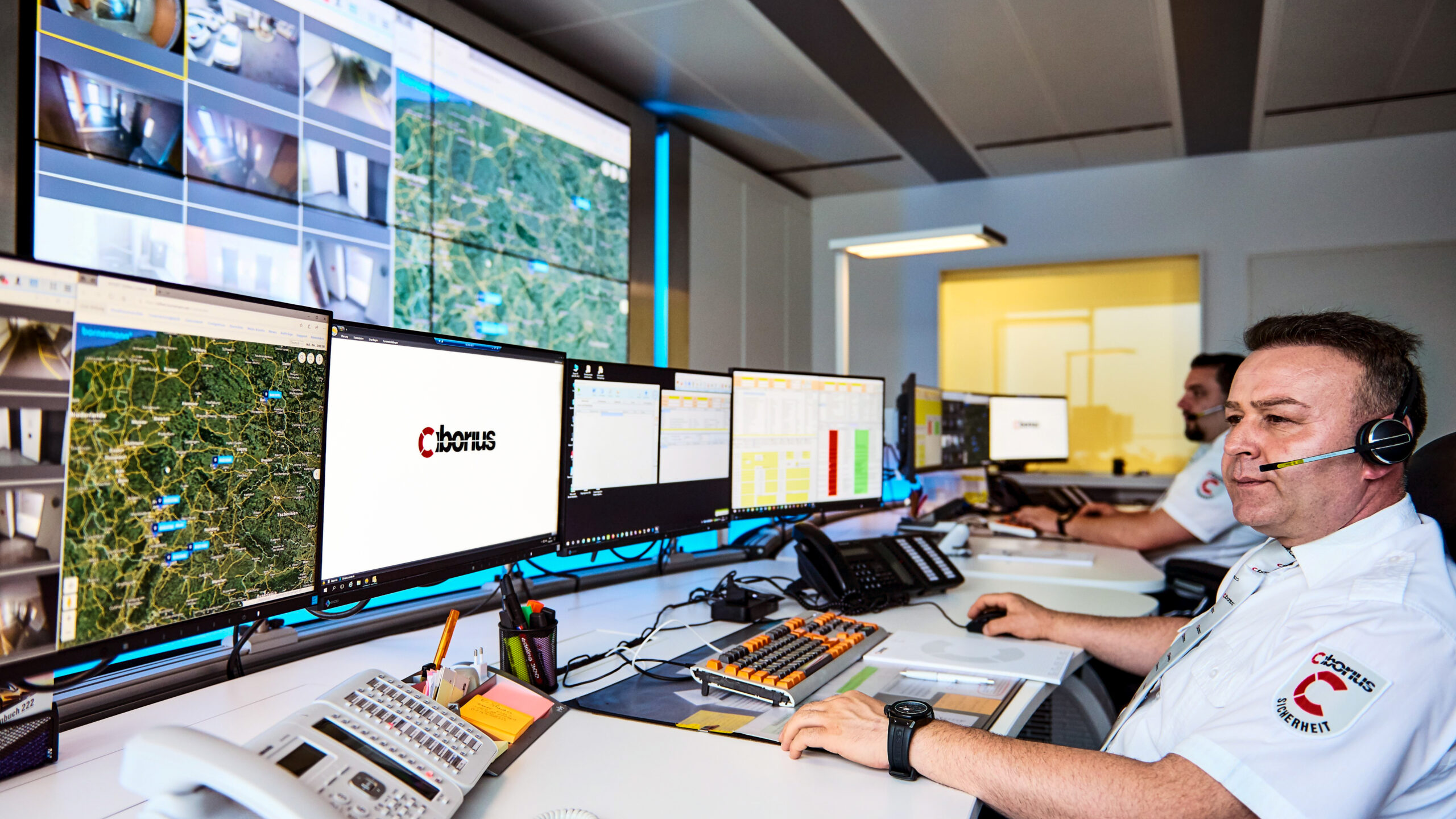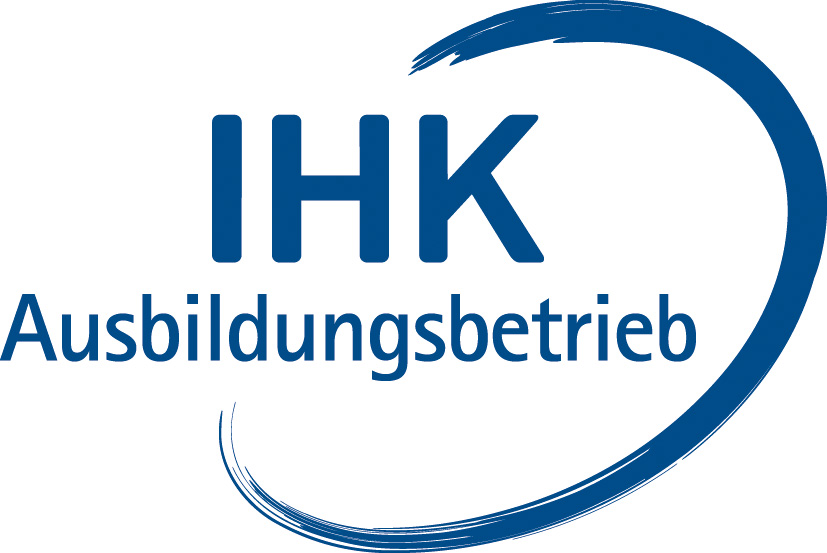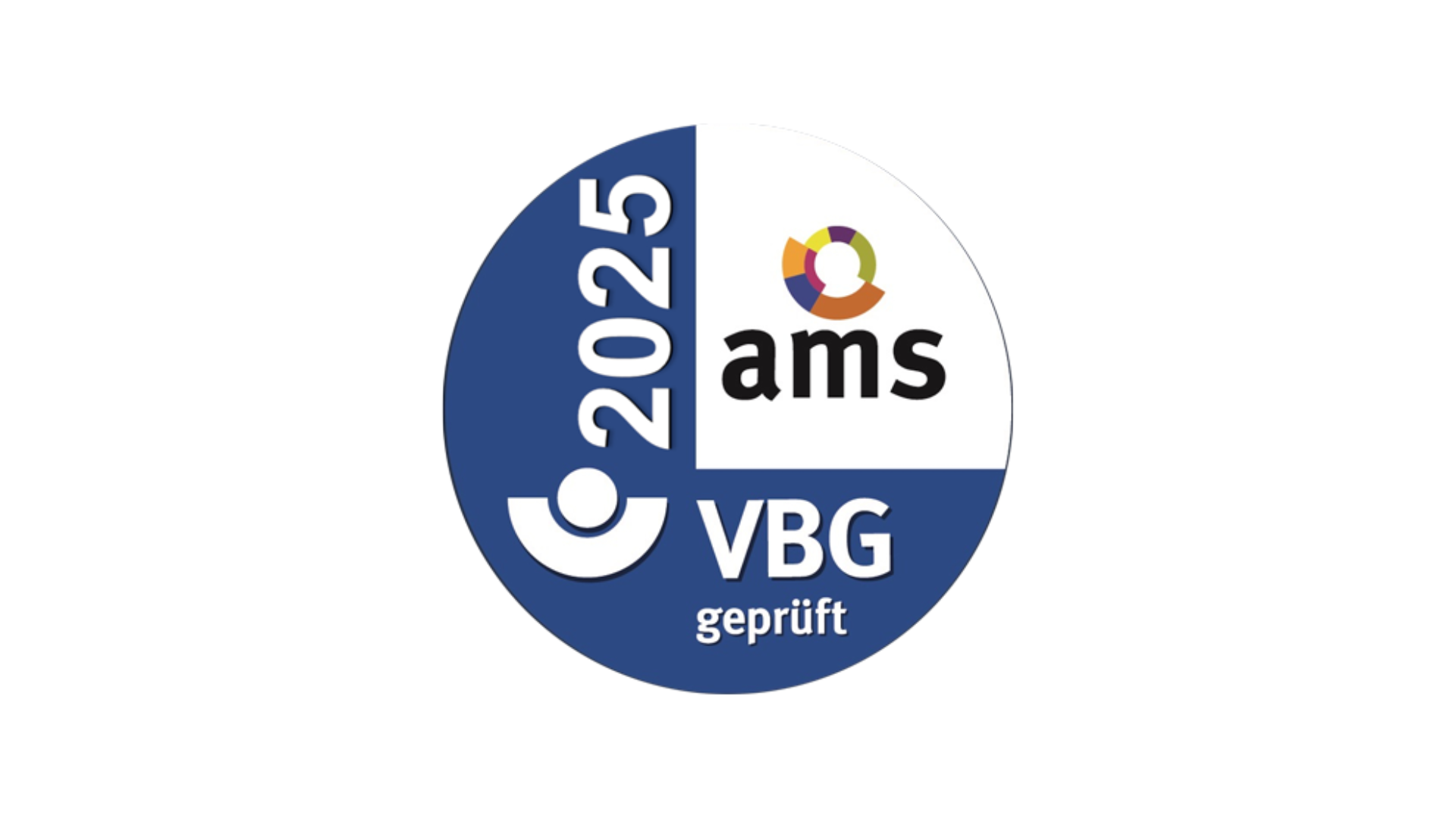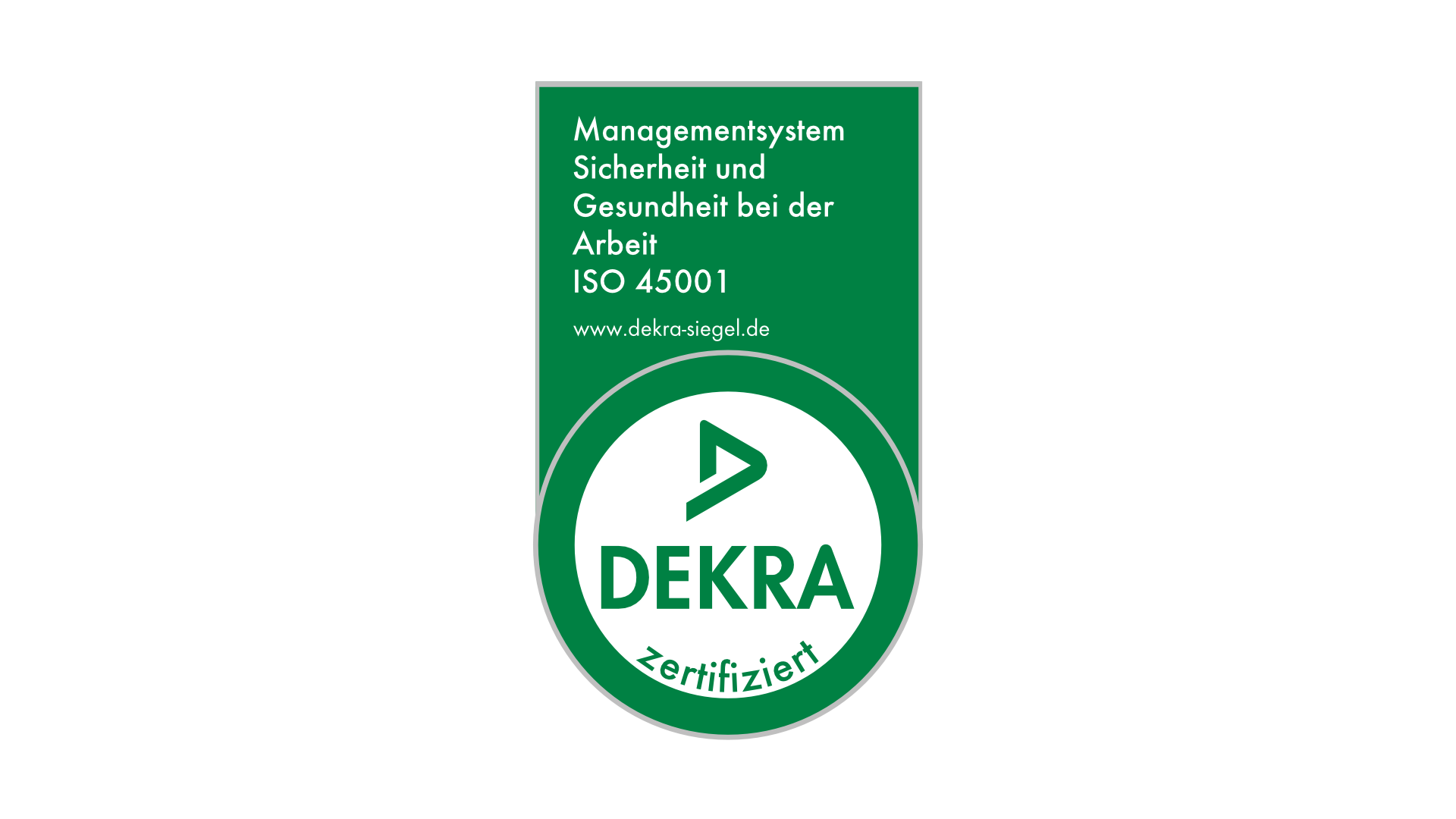Your Security is Our Priority: World class security services
Security Services
CIBOTICS Robots
Electronic Security
Security Consulting
Utilize Technology.
Avoid Risks.
Ensure Safety.
These are the clients we serve: Top-class references
Characteristics that
that speak for themselves
Top qualified employees,
who know what they are doing!
Use of robots and
drones to avert danger.
Locations also near you.
Your protection is our mission.
Branches throughout Germany.
Because customer proximity counts!
Recognized certification
confirms first-class quality.
reliable partner to the security industry throughout Germany for many years.
Locations throughout Germany. We protect people, objects and values.
reliable partner to the security industry throughout Germany for many years.
Recognized certification
confirms first-class quality.
Monitoring operational readiness.
We are on duty around the clock.
Security services for physical security, guarding and alarm/response systems.
Use of robots and
drones to avert danger.
Fast response: emergency call & service control center
Our security guards at the control center (NSL) can respond to potential threats faster and more efficiently than ever before through advanced, AI-powered technology such as intelligent video analytics, preventing vandalism, theft and property damage – and the associated costs – before they occur.

Latest news
Company policy: Security at the highest level
Customer satisfaction
The benchmark for the quality and confidentiality of our services is the customer. His judgment is authoritative. Our competent service demonstrates the trust we place in you. We react quickly to the requirements and needs of our customers and offer immediate solutions.
Innovation
Innovation is a driving force and the basis for our future business success. Innovation does not only refer to services, but extends to all areas relevant to the company. Our culture of innovation is reflected in the company’s ability to adapt to changing market and working conditions.
Highest quality
As part of our quality management system, we are committed to complying with legal, regulatory and customer requirements and to continuously improving our quality management system.
Our IT promise
Highest standards in data protection and information security
Integrated services
CIBORIUS Integrated Business – CIB: The term was coined by the CIBORIUS Group as part of its technological transformation process. As part of the CIBORIUS Group, we work integrally with all business units. A flexible and forward-looking strategy with which we grow together with our customers.
FAQ – Questions and answers: Frequently asked questions
How can CIBORIUS fulfill my individual requirements?
At CIBORIUS, the focus is on the customer. We attach great importance to understanding the needs and requirements of our customers and offer individual solutions that are precisely tailored to their needs. Our experienced and competent team is at your disposal to discuss your concerns and find the right solutions.
What distinguishes CIBORIUS from its competitors?
With over 18 years of experience and well-known customers, CIBORIUS has extensive experience that makes it a leading provider. Companies therefore choose CIBORIUS as their preferred partner. When you choose CIBORIUS, you are choosing a trustworthy partner who will accompany you from your first call through to installation and ongoing support and who will be available to you at all times.
Our extensive expertise enables us to work successfully with companies from a wide range of industries and to meet the specific requirements of a wide variety of customers. We are known for our flexibility and adaptability, offering flexible solutions that can grow with your business
At CIBORIUS, the customer is at the center of everything we do, and we understand our customers’ needs by offering individual solutions that are precisely tailored to their requirements. Our team consists of competent and trained employees who provide high-quality services.
We always integrate innovative technologies into our solutions in order to offer our customers the best solutions.

Certifications
«When it comes to quality, we go beyond mere promises. Regular certifications demonstrate our ongoing competence and provide you with clear proof of our expertise.»


Contact us today!
Discover how we can redefine the meaning of security together. With our professional consultation, you’ll receive a customized security concept in just a few steps.. Schedule a free, no-obligation consultation now!
Our branches: At your side everywhere – in throughout Germany
As a leading security company, we are at your service with 7 branches and over 100 locations in Germany! Also in your area.


















